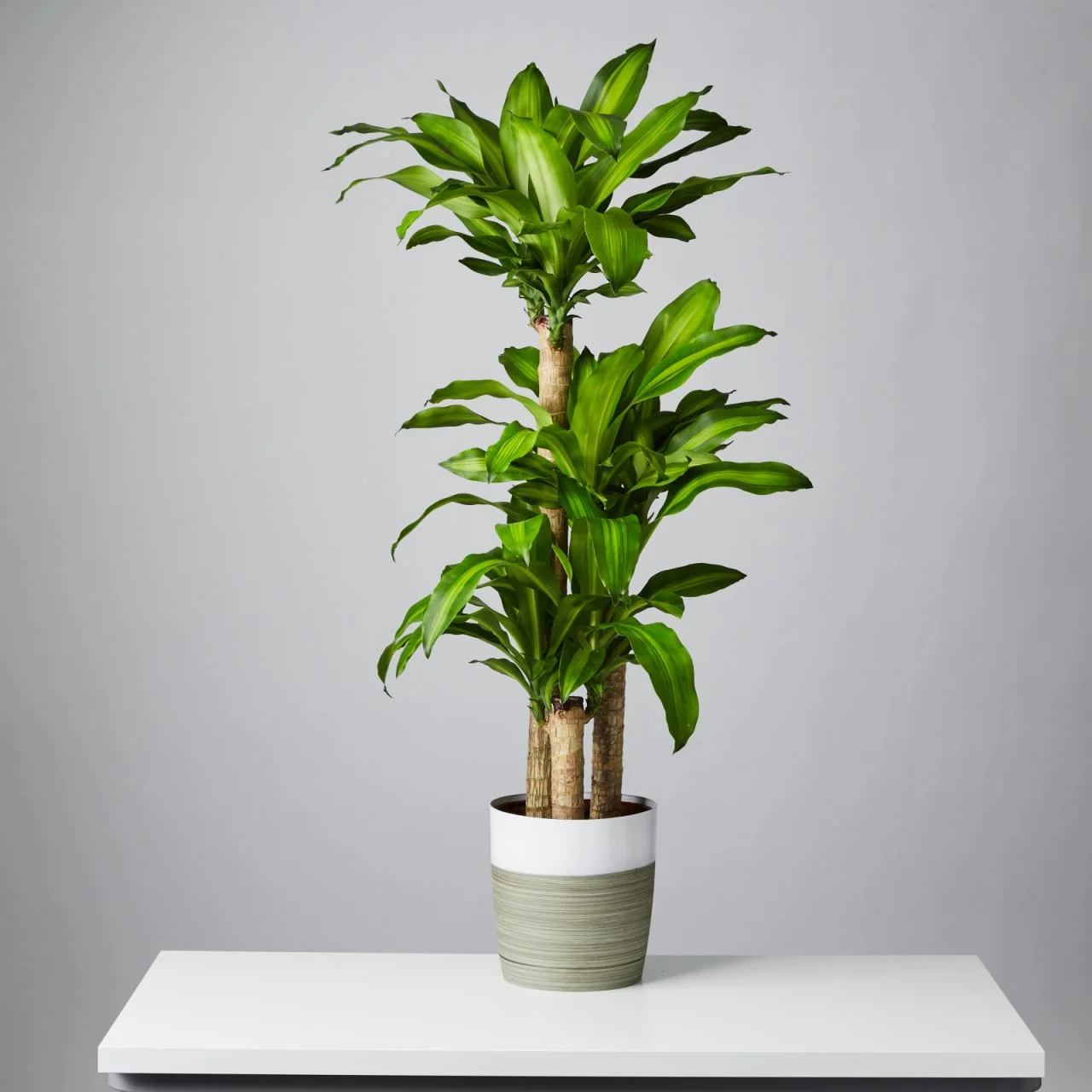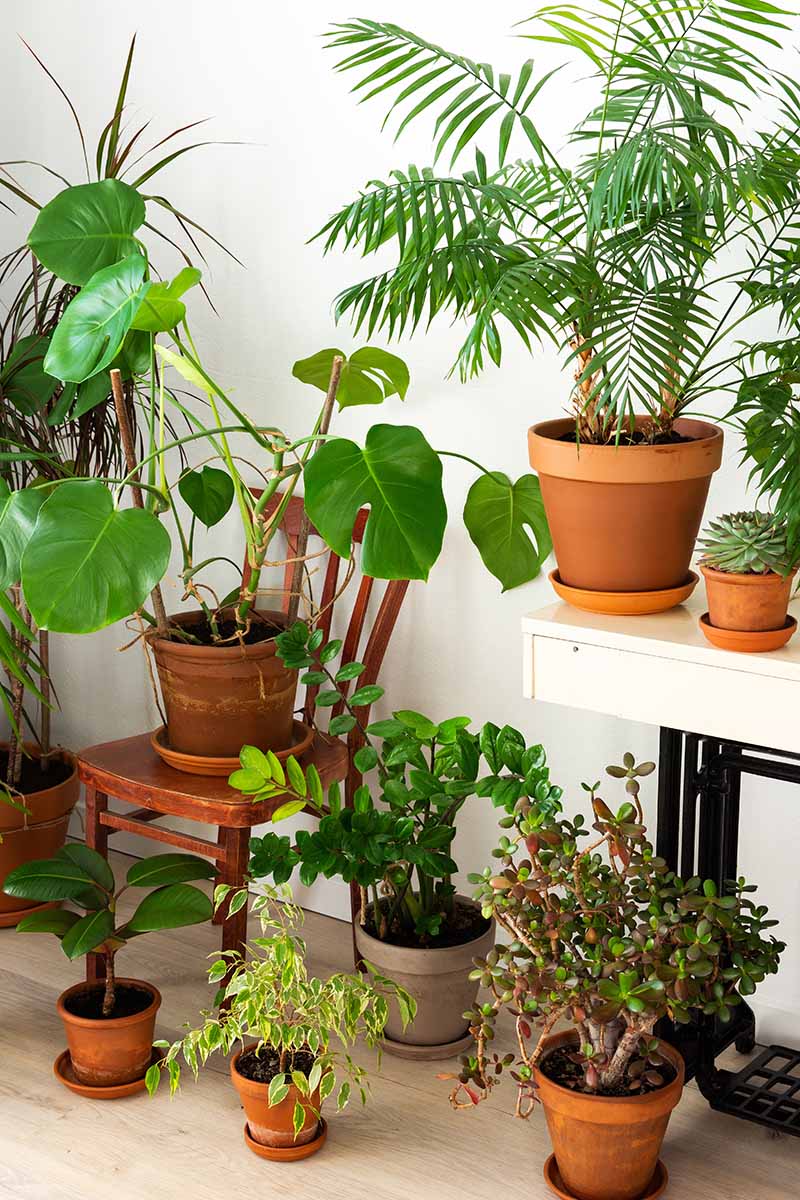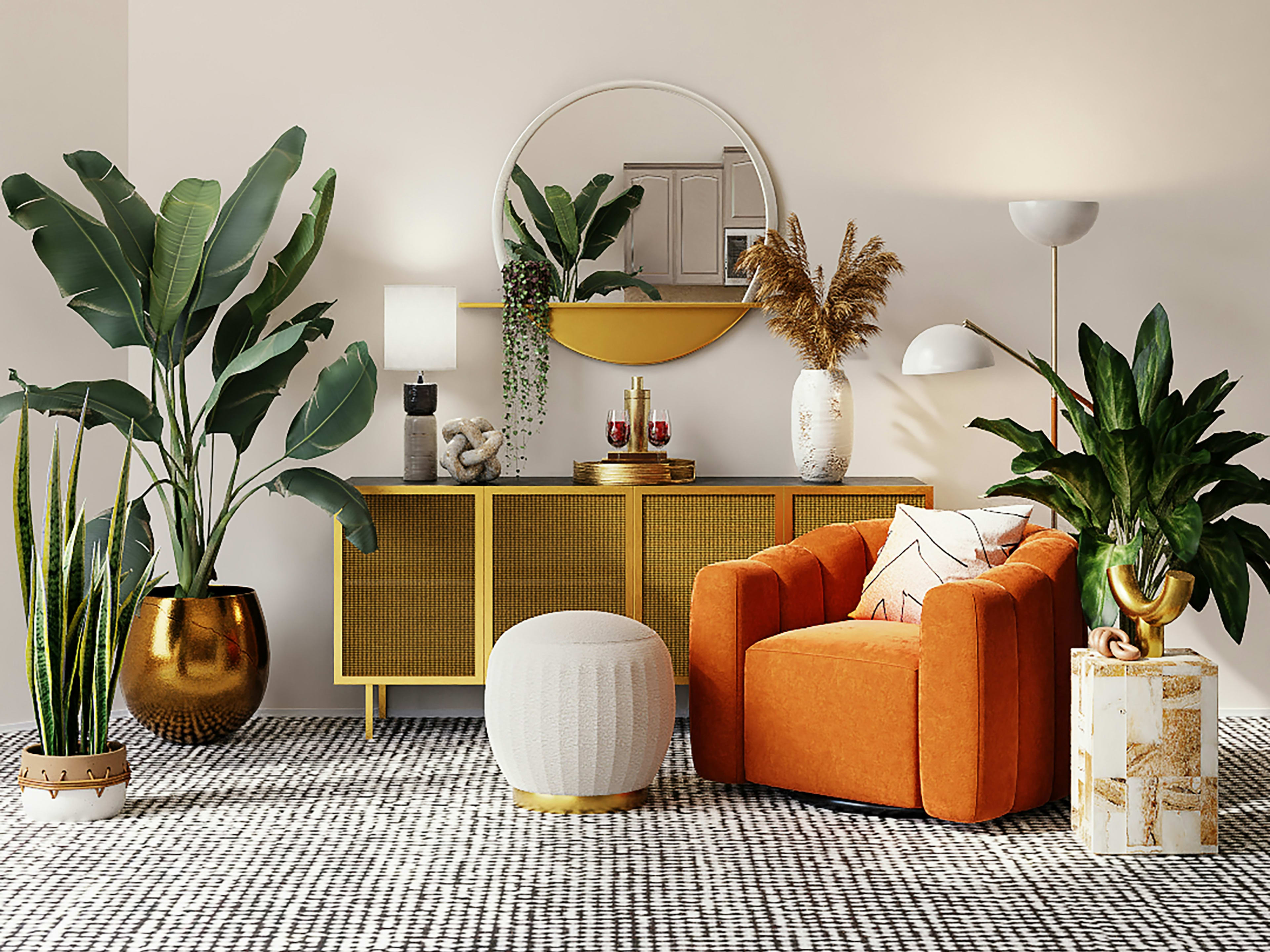Uncover the Keys of Low-Light Indoor Plants and Just How They Enhance Your Setting
Low-light interior plants have actually gathered enhancing attention for their unique capability to boost both visual charm and environmental top quality within homes and offices. These resistant varieties, including the Serpent Plant and Tranquility Lily, not just prosper in difficult lights problems but additionally play a pivotal duty in air filtration and psychological well-being. Understanding the details advantages and treatment demands of these plants can dramatically influence your home. As we discover the details of their benefits, you might uncover insights that could transform your surroundings in unexpected means.
Benefits of Low-Light Indoor Plants
Although many individuals presume that interior plants require abundant sunshine to prosper, low-light interior plants supply a wide variety of benefits that make them suitable for various environments. One of the primary advantages is their adaptability; they can grow precede with minimal all-natural light, such as offices, basements, or spaces with little windows. This attribute allows individuals to boost their surroundings with greenery, adding to boosted appearances without the demand for comprehensive lights adjustments.
Moreover, low-light interior plants can dramatically enhance interior air high quality by filtering system unsafe toxic substances and releasing oxygen, making living areas healthier. Research has actually shown that certain selections can take in toxins, hence promoting a cleaner ambience. Furthermore, they can improve mental health by decreasing stress and anxiety and raising performance. The presence of plants has been connected to better feelings of harmony and emphasis.
Additionally, low-light plants commonly call for much less maintenance than their sun-loving counterparts, making them ideal for active individuals or those brand-new to gardening. Their durability allows them to prosper with minimal intervention, therefore providing a fulfilling experience for plant fanatics and amateurs alike. In summary, low-light interior plants serve both aesthetic and practical functions, making them valuable enhancements to any type of area.
Top Low-Light Plant Varieties
Low-light interior plants been available in a range of varieties, each offering distinct attributes and benefits matched for dark atmospheres. Amongst the most preferred varieties is the Serpent Plant (Sansevieria), known for its air-purifying capabilities and architectural fallen leaves. This durable plant grows on neglect and can endure a wide array of light problems.
Another excellent option is the ZZ Plant (Zamioculcas zamiifolia), which features glossy, dark environment-friendly leaves and is extremely drought-tolerant. Its versatility makes it a favored for offices and homes with limited sunshine.
The Pothos (Epipremnum aureum) is also a top contender, with its trailing vines and heart-shaped leaves - Best low-light indoor plants. This functional plant can be trained to climb up or waterfall, including visual rate of interest to any room

Treatment Tips for Low-Light Plants
Caring for low-light indoor plants requires a nuanced understanding of their certain demands to ensure ideal growth and vitality. It is important to select the ideal potting mix, as a well-draining soil is important to protect against origin rot. A mix made for houseplants, often consisting of peat moss and perlite, works well for a lot of low-light varieties.
Watering is one more crucial aspect of care. Low-light plants normally need less regular watering compared to their sun-loving counterparts.
Fertilization must be come close to with care. During the growing period, a diluted fluid plant food can be used monthly, however in winter months, many low-light plants get in inactivity and require little to no fertilization.
Last but not least, it's vital to occasionally clean up the leaves to eliminate dust, allowing for far better light absorption. By adhering to these care ideas, you can grow a successful environment for your low-light indoor plants, enhancing both their appearance and long life.
Enhancing Air High Quality With Plants
Interior plants play a considerable role in enhancing air high quality within homes and workplace. Through the procedure of photosynthesis, these plants absorb co2 and launch oxygen, adding to a healthier environment. Furthermore, specific low-light indoor plants possess the ability to filter unsafe contaminants, such as benzene, formaldehyde, and trichloroethylene, which are commonly found in indoor settings.

Moreover, the presence of indoor plants can increase moisture degrees, which aids alleviate completely dry skin and breathing problems, additionally improving total health. This capacity to enhance air quality not only advertises physical wellness however additionally sustains psychological health.
Integrating low-light indoor plants into your living and working areas can lead to a much more invigorating and dynamic setting (Best additional resources low-light indoor plants). Buying these natural air cleansers is a basic yet reliable approach for enhancing interior air top quality and fostering a healthier way of life
Creating a Serene Indoor Room
The integration of plants right into living areas not only improves air top quality yet likewise adds to a relaxing ambience. Low-light interior plants, such as snake plants and pothos, are specifically effective in developing a serene environment, as they grow in problems that may or else be inhospitable for various other greenery. Their lavish foliage offers a calming visual, decreasing tension and advertising leisure.
Incorporating these plants right into your home or workplace can evoke a sense of tranquility and well-being. Purposefully placing them in locations where you spend considerable time, such as living rooms or work spaces, enables an immersive experience with nature, which has been shown to improve state of mind and cognitive function.
Furthermore, the gentle movement of leaves in action to air movement can develop a dynamic aesthetic element that enhances the overall setting. Take into consideration utilizing a variety of plant elevations and textures to include depth and passion to your area. With thoughtful placement and treatment, low-light interior plants can transform any type of location right into a serene refuge, fostering not only visual complete satisfaction yet mental and likewise psychological health.

Final Thought
Integrating low-light indoor plants right into various environments yields substantial advantages, including boosted air top quality and improved aesthetic allure. The transformative power of low-light plants emphasizes their worth in boosting both residential and work setups.
Although lots of individuals assume that interior plants require plentiful sunshine to thrive, reference low-light indoor plants provide a wide range of benefits that make them optimal for numerous atmospheres.In addition, low-light indoor plants can significantly improve indoor air quality by releasing and filtering damaging contaminants oxygen, making living areas healthier. In addition, specific low-light interior plants have the capacity to filter hazardous contaminants, such as benzene, trichloroethylene, and formaldehyde, which are typically found in interior environments.
Low-light indoor plants, such as serpent plants and pothos, are particularly reliable in producing a serene environment, as they prosper in conditions that may or else be unwelcoming for various other plant.Including low-light interior plants right into various atmospheres returns considerable benefits, consisting of enhanced air high quality and boosted visual appeal.